Hiroshima Memorial, Genbaku Dome and Hiroshima Castle were my agenda for the day, my last full day in Japan before flying out to Sydney the next day. Hiroshima and Nagasaki have lingered in my brain since learning about WWII in high school. Learning about WWII as a teenager was a task taken on purely to pass exams, with little to know understanding of real significance. The impact and outcome of WWII reverberates strongly today…in some instances the resolution seems a lifetime away. My interest in history started when I was very young and grew slowly over the years. So many years living in Europe just added to this passion…being surrounded by history helps! Hiroshima Castle was an afterthought, whilst in the area I may as well go see it too.
Going to Hiroshima was my chance to experience one of the most decisive and destructive moments in recent history. The atomic bombs paved the way for tension and peace ever since they were dropped. I won’t sit on the fence on this one, I would prefer a world with no nuclear nor atomic bombs! My visit to Hiroshima was a self-serving one. Call it my pursuit of attempting to comprehend the gravity of an atomic bomb. Throughout my travels I’ve been luck to visit quite a few WWII sites, including battle grounds, a concentration camp, fortifications etc. This visit however felt to carry more gravitas than that others…maybe the current political climate gave it more weight.
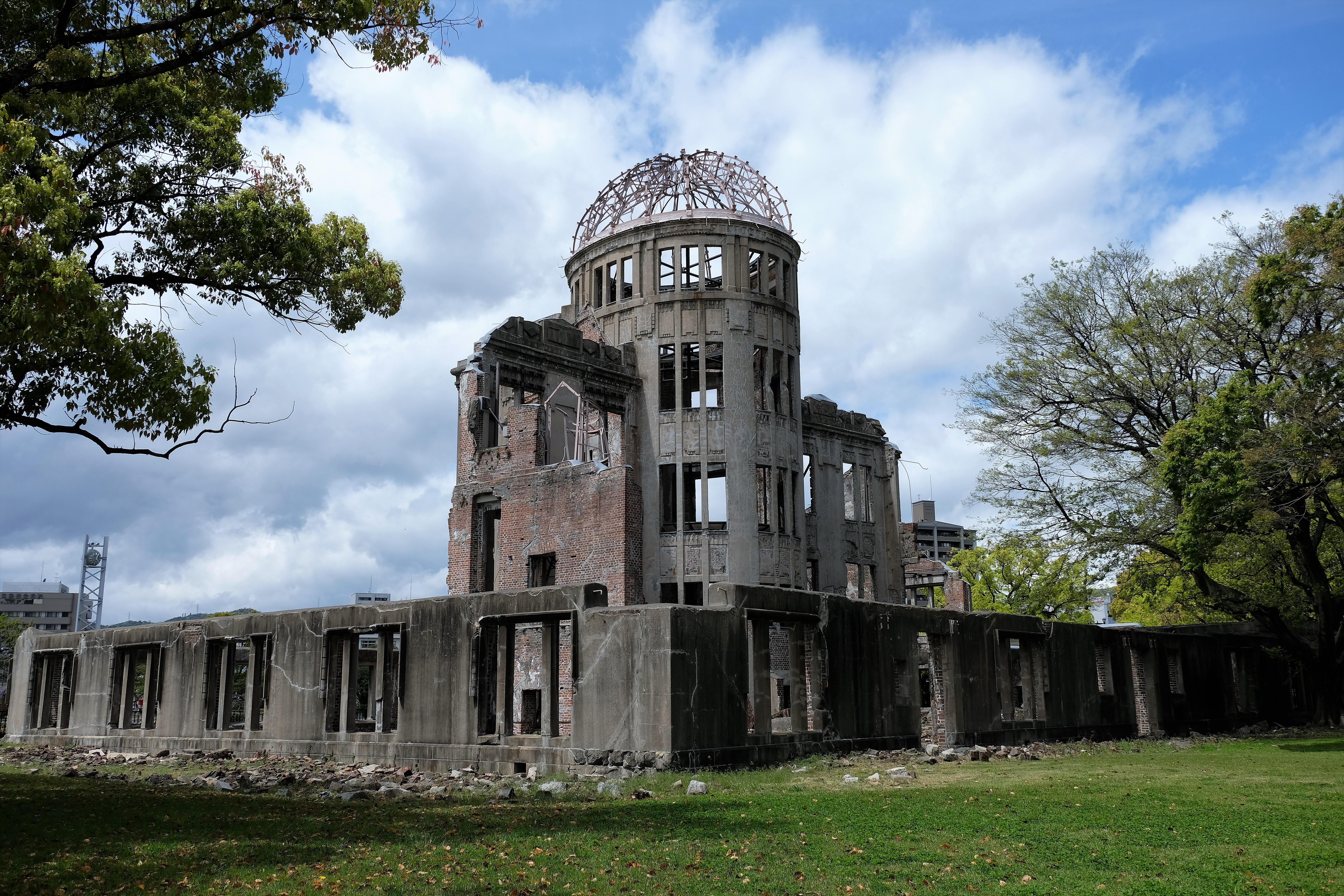
Getting to Hiroshima
Without doubt I got my money’s worth with my JR Pass – taking the Shinkansen to Hiroshima via Osaka took me one hour forty minutes. I’m still peeved I can’t find my photo of the platypus looking Shinkansen. It was one of the warmer days I had had in Japan, and I remember walking the 3 odd kilometres from the station to the Hiroshima Peace Memorial. I don’t know what I was expecting, certainly not such a built-up and thriving city!
My First Thoughts
I’ve thought long and hard about my visit to Hiroshima, and I’m still not comfortable in expressing just how I feel about my time there. Wondering around the town my mind was a flurry of thought and contemplation. My dichotomy of feelings stems on the one side frustration/disappointment and the other admiration. Why would I be frustrated or disappoint about visiting the site where an atomic bomb was dropped? Such a catastrophic event could be used as the perfect reminder to past, present and future generations of the consequences of these bombs. Instead, true to Japanese resolve (my admiration), they have built Hiroshima up from the ashes only to leave a sliver of its past. Now, you can walk through the city and wouldn’t even know it was the scene of a most horrific destructive force. That is why I say my visit instilled frustration and admiration.

Hiroshima Peace Memorial / Genbaku Dome / Atomic Bomb Dome / A-Bomb Dome
Before the bomb, the building was the Hiroshima Prefectural Industrial Promotion Hall. These days the building is most commonly referred to as the Genbaku Dome or Atomic Bomb Dome. Now, it’s the main memorial and the only visible remains of that fateful day. In its current setting it could easily be mistaken for an old burnt-down building, nothing more, nothing less. However, this structure in any other place would be converted into industrial loft apartments or bulldozed to build a glass façade tower block. Instead, it is left as a small poignant reminder of the devastating effects of man’s potential for annihilation.
On the morning of 6th August 1945 at 8:15am, a B-29 Bomber named Enola Gay dropped the first ever atomic bomb on Hiroshima. The bomb, ironically called “Little Boy”, had the equivalent power of 15 000 tons of TNT. Missing its intended target, Aioi Bridge by 240m, it detonated near Shima Hospital 580m above the surface about 150m from the Genbaku Dome. Because of its proximity to detonation the Prefectural Industrial Promotion Hall took most of the force vertically not horizontally, this save it. Forty-three seconds after the bomb was dropped it detonated. In the blink of an eye more than 70 000 people were instantly killed. Between 90 000 – 146 000 more people would succumb to injuries over the coming 4 months.
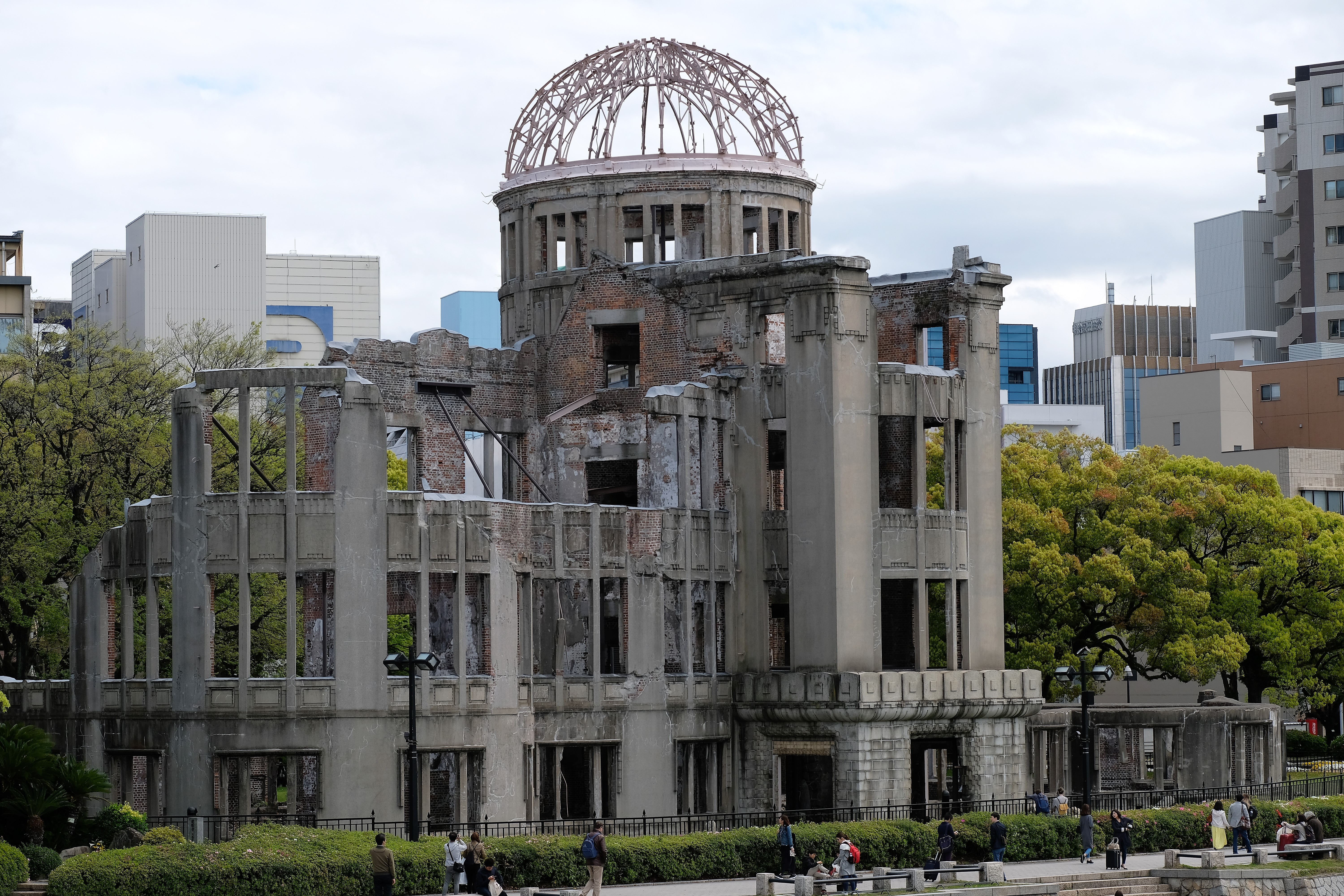
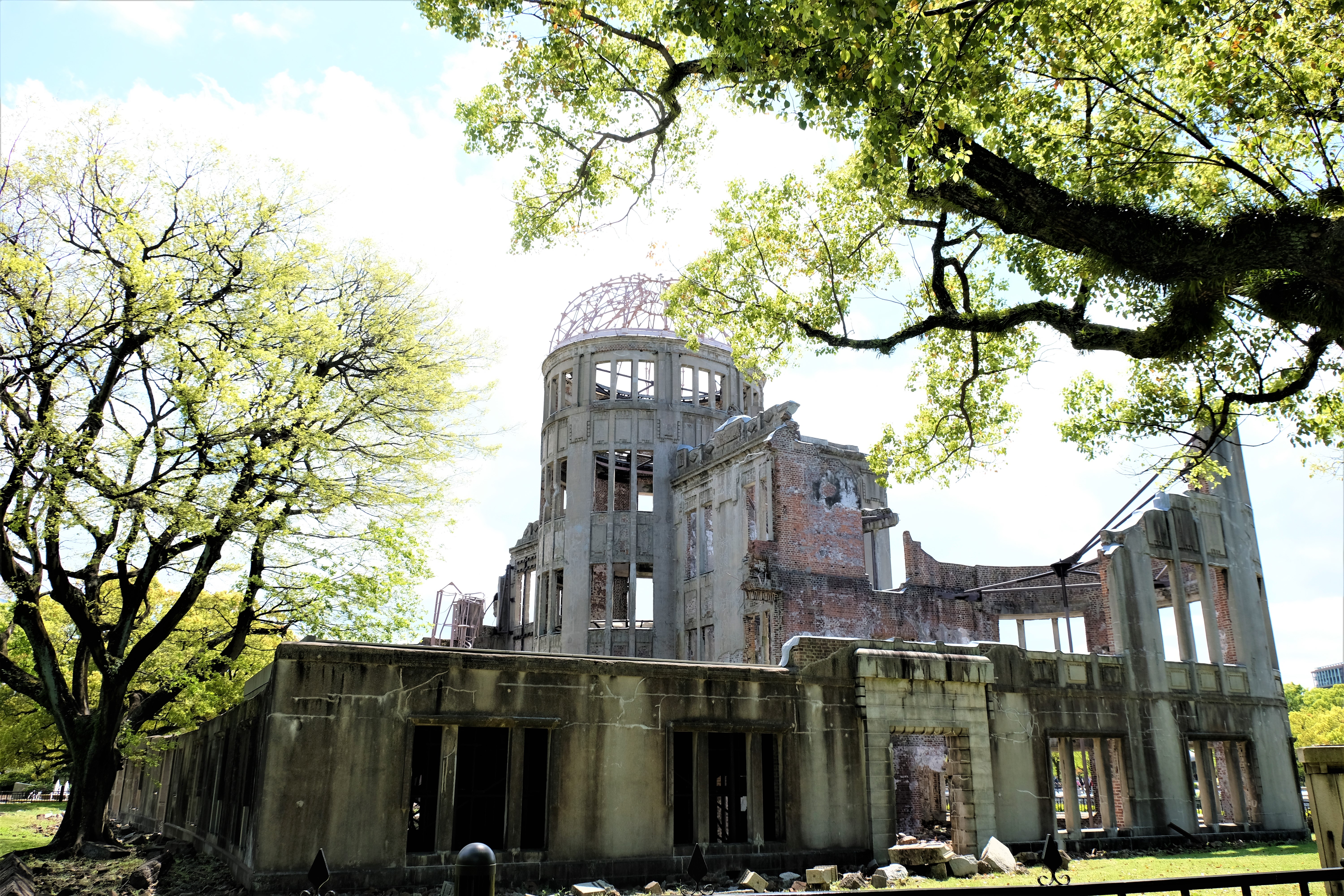
Hiroshima Peace Memorial Park
The city is on the coast encompassing a web of estuaries leading to the Ota River. These tendrils form a few large islands at the heart of the city. One such island forms the large Hiroshima Peace Memorial Park, opposite the Denbaku Dome. An area of monuments, information and displays; which the Hiroshima Peace Memorial Museum and Memorial Cenotaph (some people call it the Peace Flame) forms part. A sombre veil fell over me enveloping me deeper and deeper as I strolled through the park reading every display.
What got to me the most was the local newspaper clippings of the time; covering stories about individuals, families and the community. In war people die, but seldom, possibly never, a whole community of such size is wiped from the face of the earth instantaneously. Obviously I know about the bomb, but my knowledge of the aftermath especially the radiation, was limited. Horrific is an understatement. Accounts written at the time unlike any textbooks I had read. These stories and opinions cast a different perspective on the “victorious events” of the bombings which lead to Japan’s surrender.
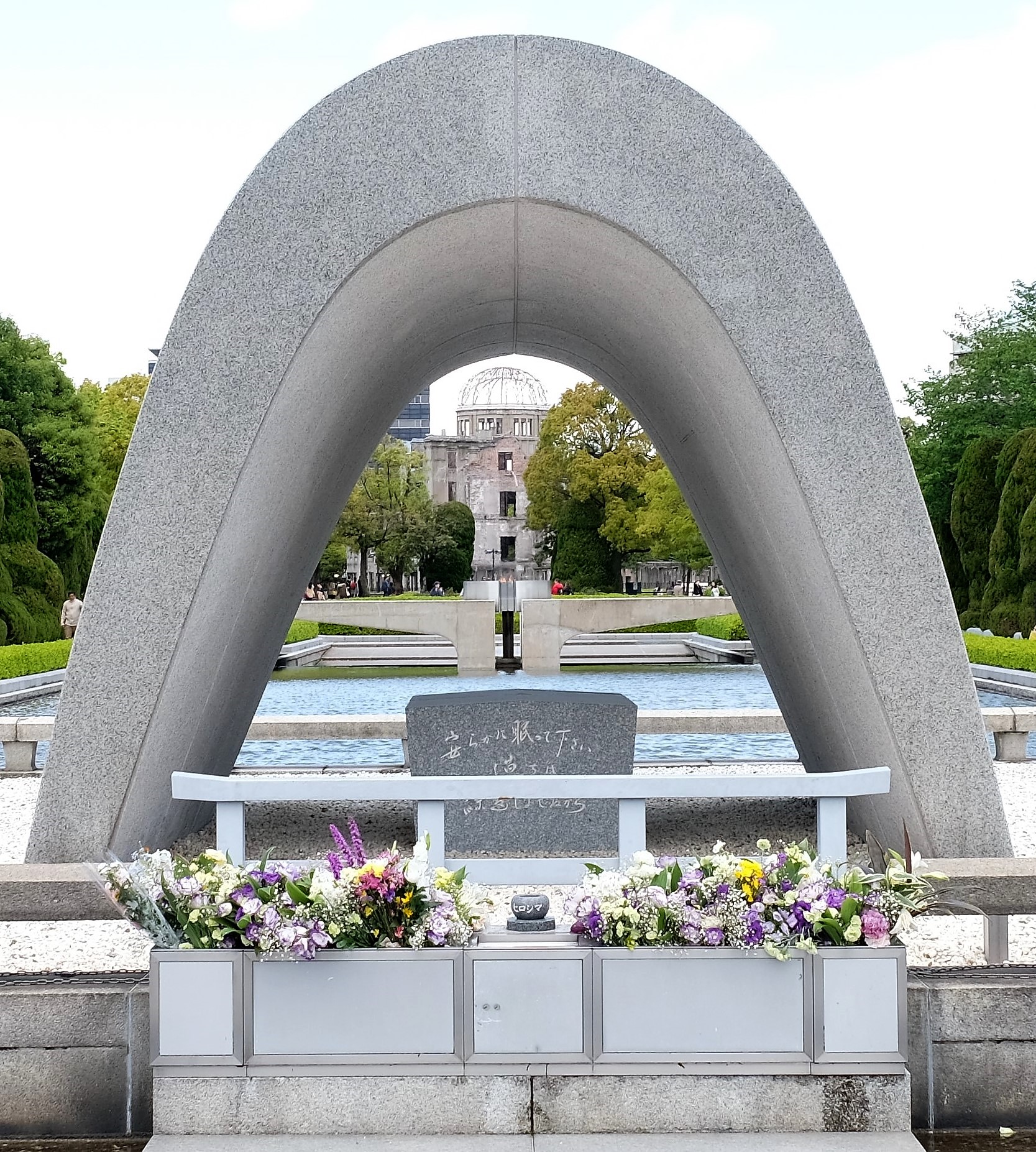

I’m no advocate for Japanese imperialism during and prior to WWII. History is written by the victors (I don’t know who’s quote that is), rightly or wrongly. Yet there are always two sides to any story. From being instilled with one perspective of the story most of my life, here I had the opportunity to learn the other side. I’m confident in saying that Japan’s outlook on the world is drastically different now compared to its conquering ambitions of the past. Reading their perspective at the time and shortly afterwards put the need to use the atom bomb into question. In short, Japan was capitulating. Russia was about to join the Allied Forces in fighting Japan, and the Western allies didn’t want communist influence over more of Asian. The solution to put a prompt end to the war and not involve Russia was to use the atomic bomb on Hiroshima, then Nagasaki. My blog isn’t a political one, so I’ll leave things at that.
Going back to my earlier statement, my visit left me frustrated and filled with admiration. It takes a special kind of human endeavour to recover so successfully after such a cataclysmic event. Maybe it’s in times of total adversity that jolts the human condition to truly reflect and change course. So, taking a step back. Looking at what Japan and the residence of Hiroshima have overcome is inspirational, I have the utmost admiration for them. There is always a “but”!. But, the reminder of the consequences of such bombs has been diminished by the fortitude of the Japanese people. That is the source of my frustration. I wouldn’t expect Japan and the rest of the world to wallow on its mistakes indefinitely. Sometimes we forget to learn from our past mistakes.

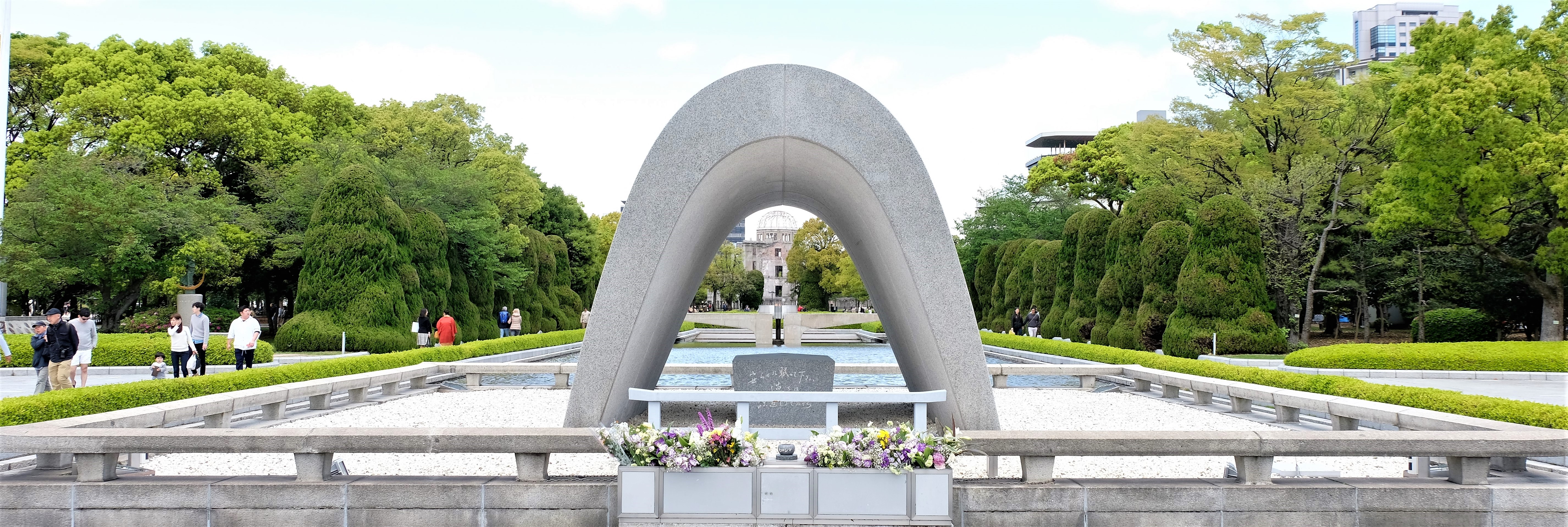
I spent hours walking around, my head filling with thoughts and contemplating current times. Now the memorial area is a pretty place, unfathomable to look at the pictures just after the bomb. I didn’t even take many photos; not that I forgot to, I just didn’t feel like taking many. Truthfully, my visit to Hiroshima was moving, and gave me food for thought about my own life and my actions. Along with Hiroshima, my visit to Dachau Concentration Camp (much later in my travels, which I’m yet to write about) have been the most sombre. These days a visit to either you walk in the footsteps of the dead. Only difference today, is that these areas are surrounded by gardens with only our imagination to envisage the horror that’s been grown over or cemented away.


Hiroshima Castle
In need of something light-hearted I made my way the short distance to Hiroshima Castle, it too was destroyed by the A-bomb. Hiroshima Castle was actually secondary to why I headed in its direction. Primarily I was looking for the three trees that survived the blast. Coincidentally these trees are in the grounds of the Hiroshima Castle complex. More about the trees later. Hiroshima Castle was rebuilt in 1958, now it houses a museum on the city’s history prior to WWII. It took ten years to build, starting in 1589 in what was then called Gokamura, meaning “five villages”. Mōri Terumoto built the castle, he was one of the Council of Five Elders, which was headed by Toyotomi Hideyoshi. See my previous post on Himeji Castle for more on Toyotomi Hideyoshi.
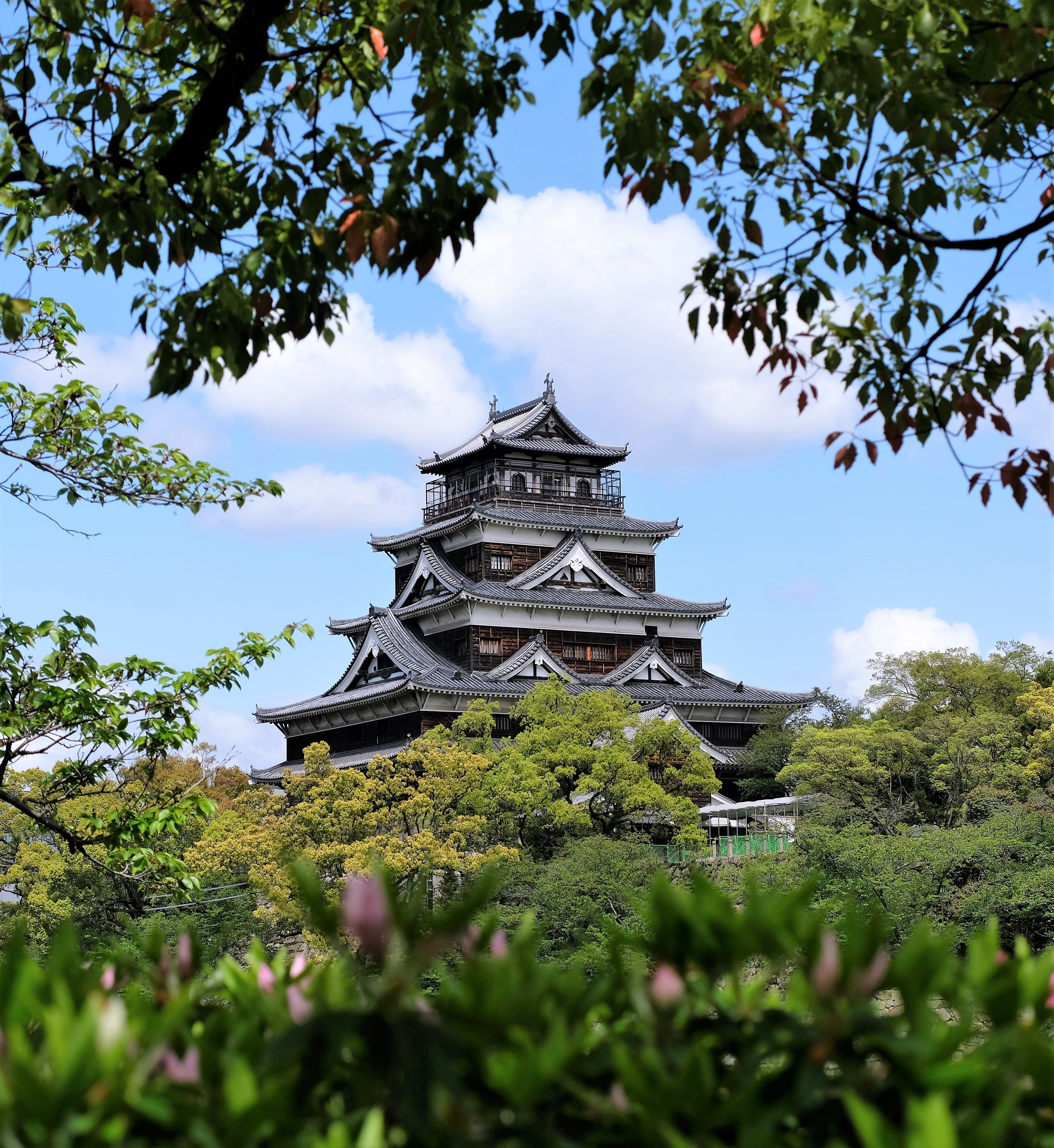
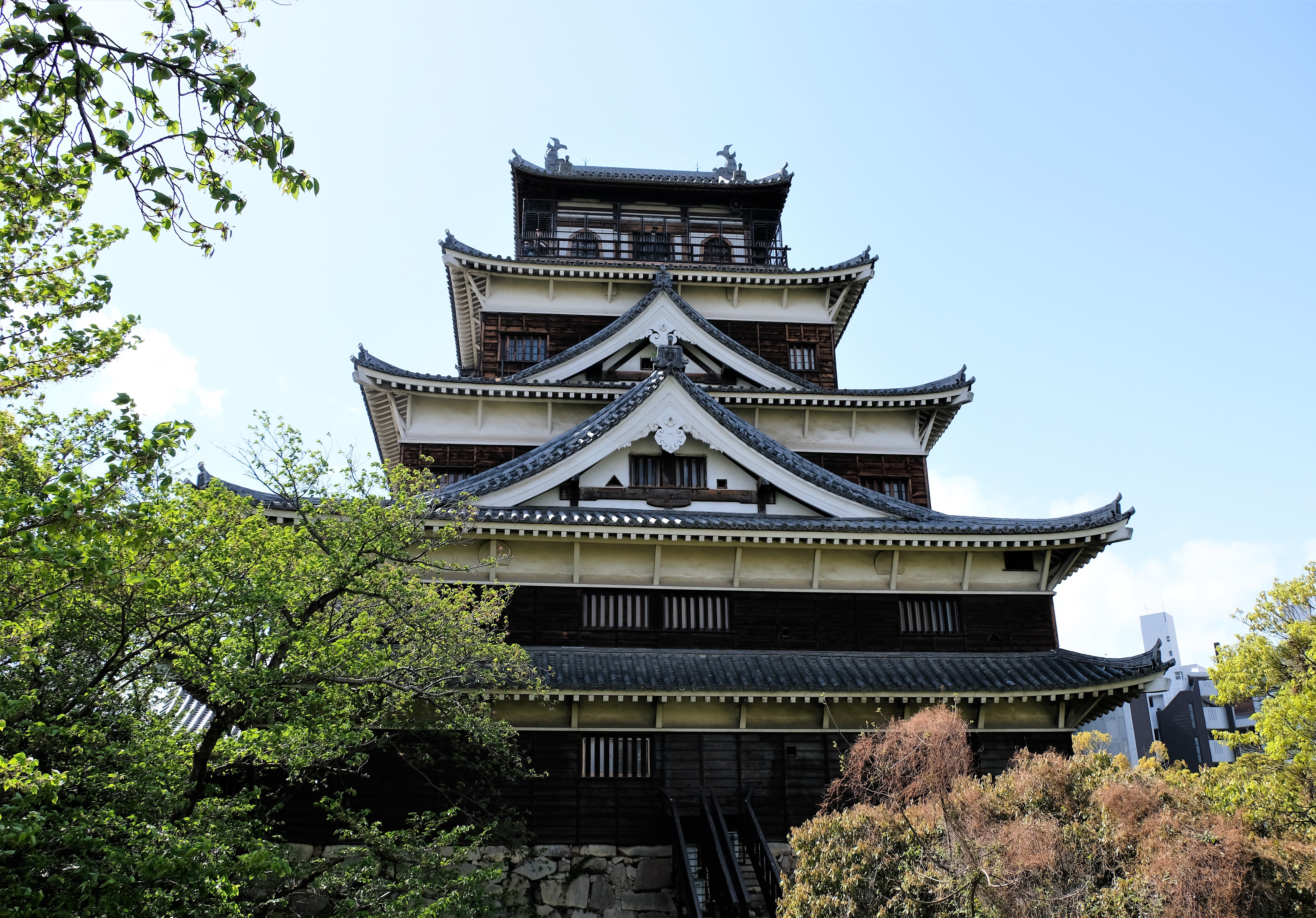
At the entrance of the castle complex a performance was going on. Nope, I have no idea what it was about, nor what they were singing, but the act was interesting. The trio may have been a boy band’esc of sorts, or at least a want to be boy band. Scroll down to the bottom of this post for the video. Thought I’d include it in the post, considering it’s not as morbid as what I’ve written above.
Currently under some renovation (at least when I was there), and far from its former glory and size, the castle was interesting to visit. Given that I’d visited Himeji Castle the day before, Hiroshima Castle had a hard act to follow! Nonetheless the displays were interesting, especially their collection of ancient Samurai swords. These were the first real Samurai swords I had seen in Japan! They are works of art, sadly no photos are allowed GRRRR!!!

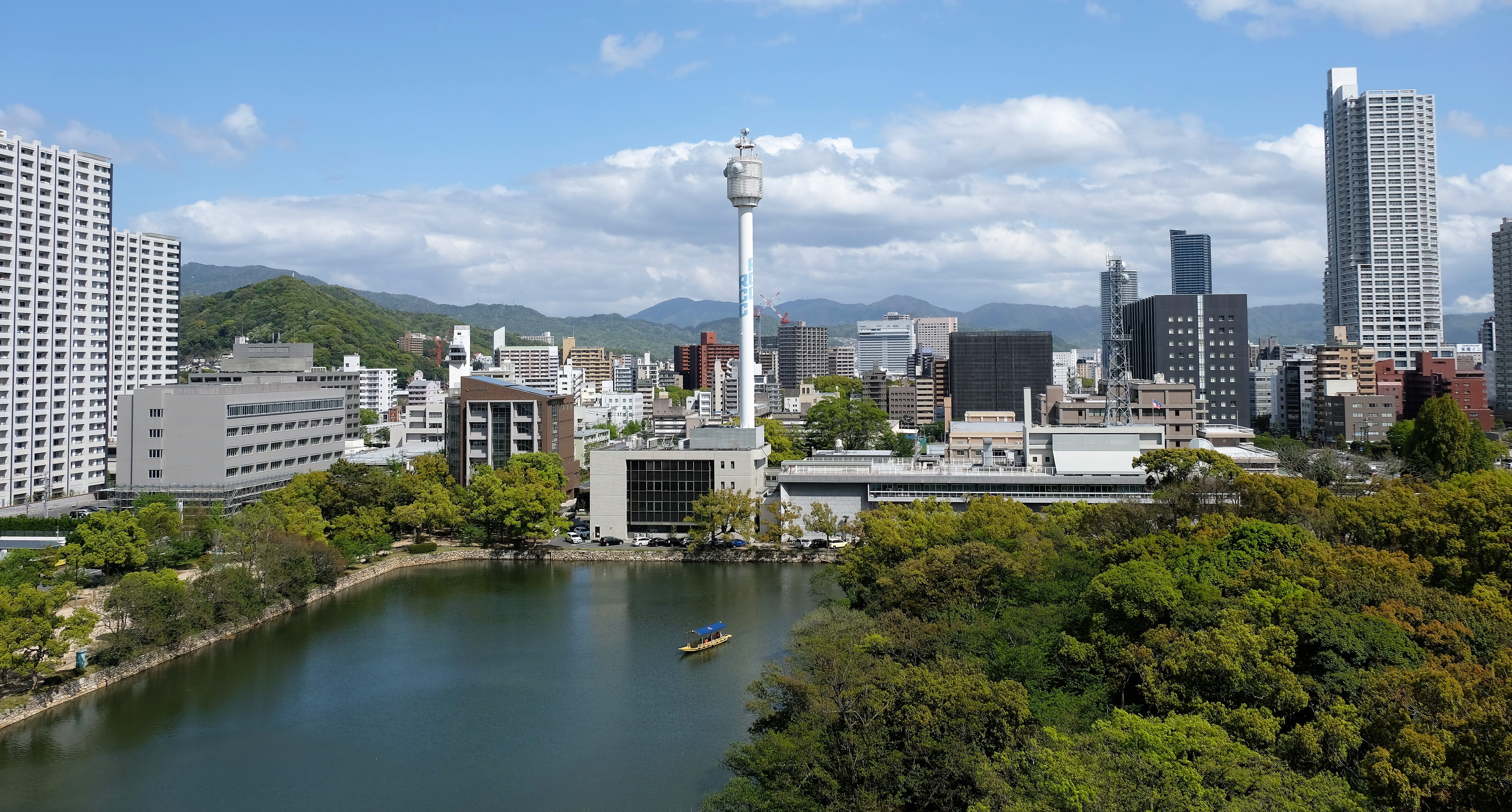
Survivor Trees of Hiroshima
Called hibakujumoku in Japanese, the word stems from two words. Firstly, “hibaku” which means “bombed, A-bombed, nuked”, and “jumoku” meaning “trees/woods”. Nature has a way of overcoming anything humans can throw at it, these trees are a testament to that! This area is 740m from the hypocentre, it was obliterated by the A-bomb, leaving nothing of the castle. Considering three kilometres from the hypocentre heated up to 6 000 degrees Celsius, how anything survived is a marvel. Finding the trees was like playing hide and seek; there are no signs leading you to them. By that I mean I had to wonder around looking for them, there was no signage except for at the trees. Looking around for thirty minutes I only found two, and it’s not a large area. Such a pity the trees are not demarcated, why they aren’t baffles me. These true survivors deserve more attention and recognition.
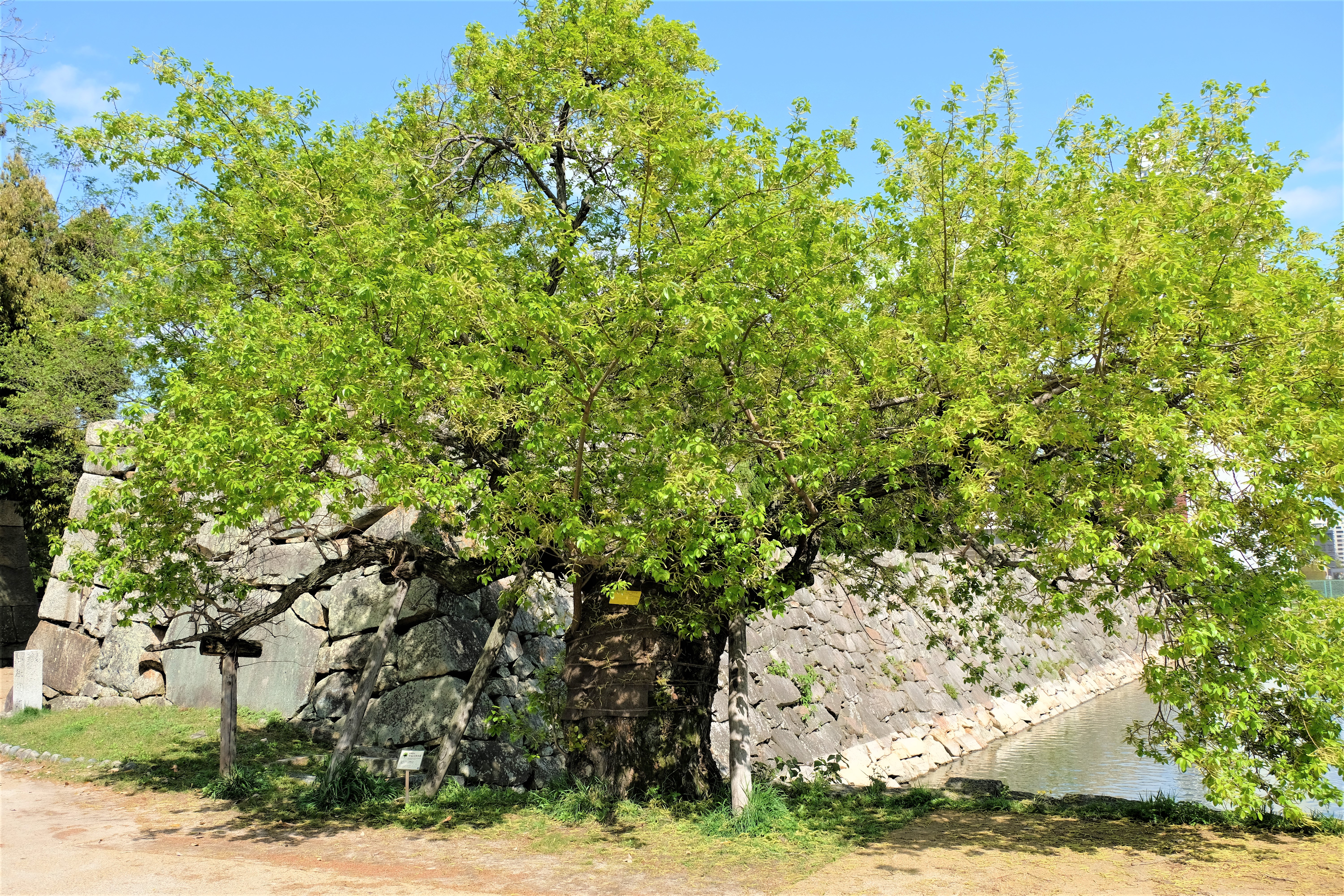
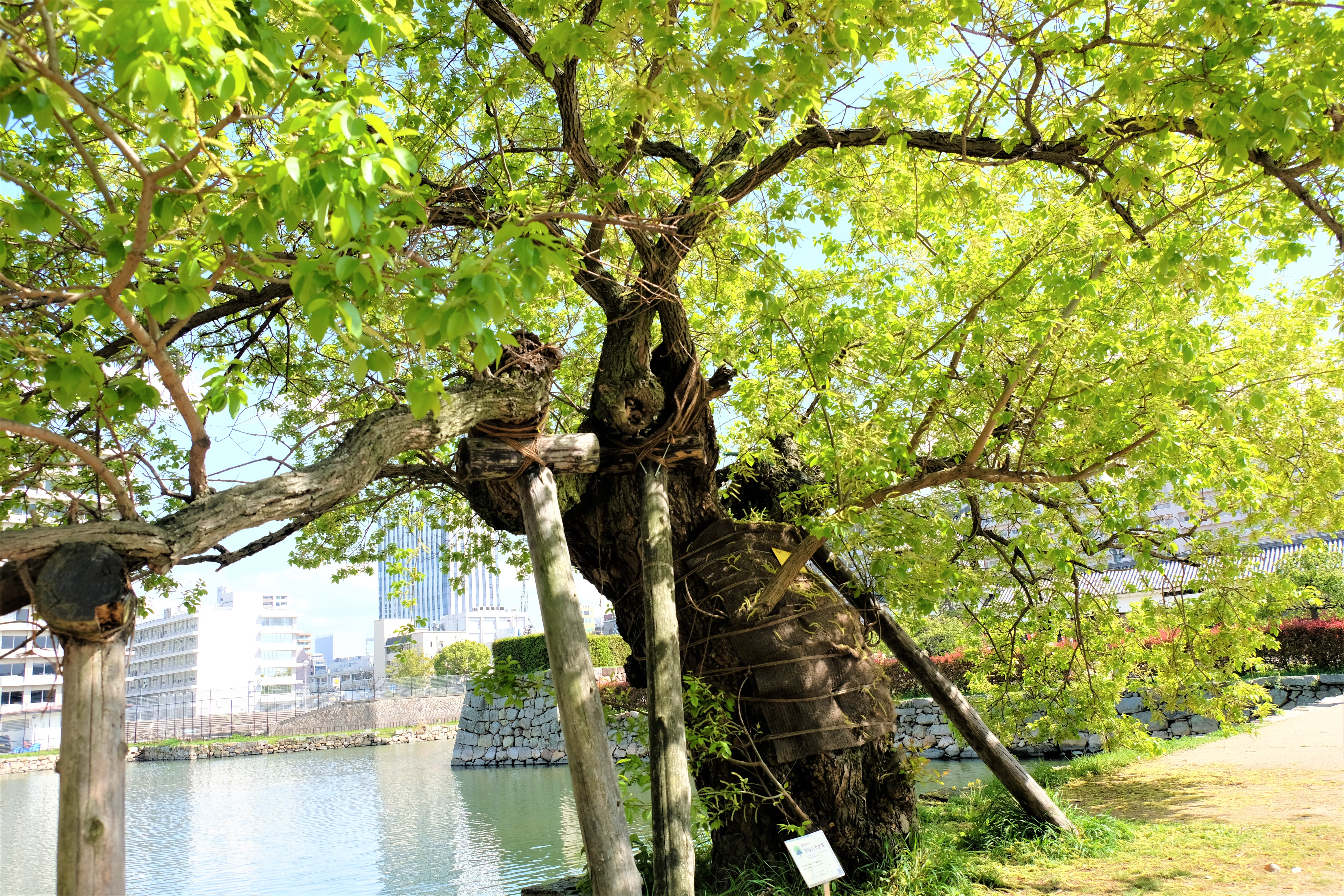
Of the two I found, they stuck out like a sore thumb. Warped and distorted, they look dishevelled and easy to spot when walking by. As beaten and battered as they look, they are still standing. Why we still question, and test mother nature dumbfounds me! One of the trees I found is a Giant Pussy Willow, the other a Eucalyptus. Both have supports and harnesses, which I was glad to see they have not been forgotten or neglected. Once I had seen the trees, sorry to say I gave up looking for the third, I had a smile on my face. It was a nice way to end the day with hope.
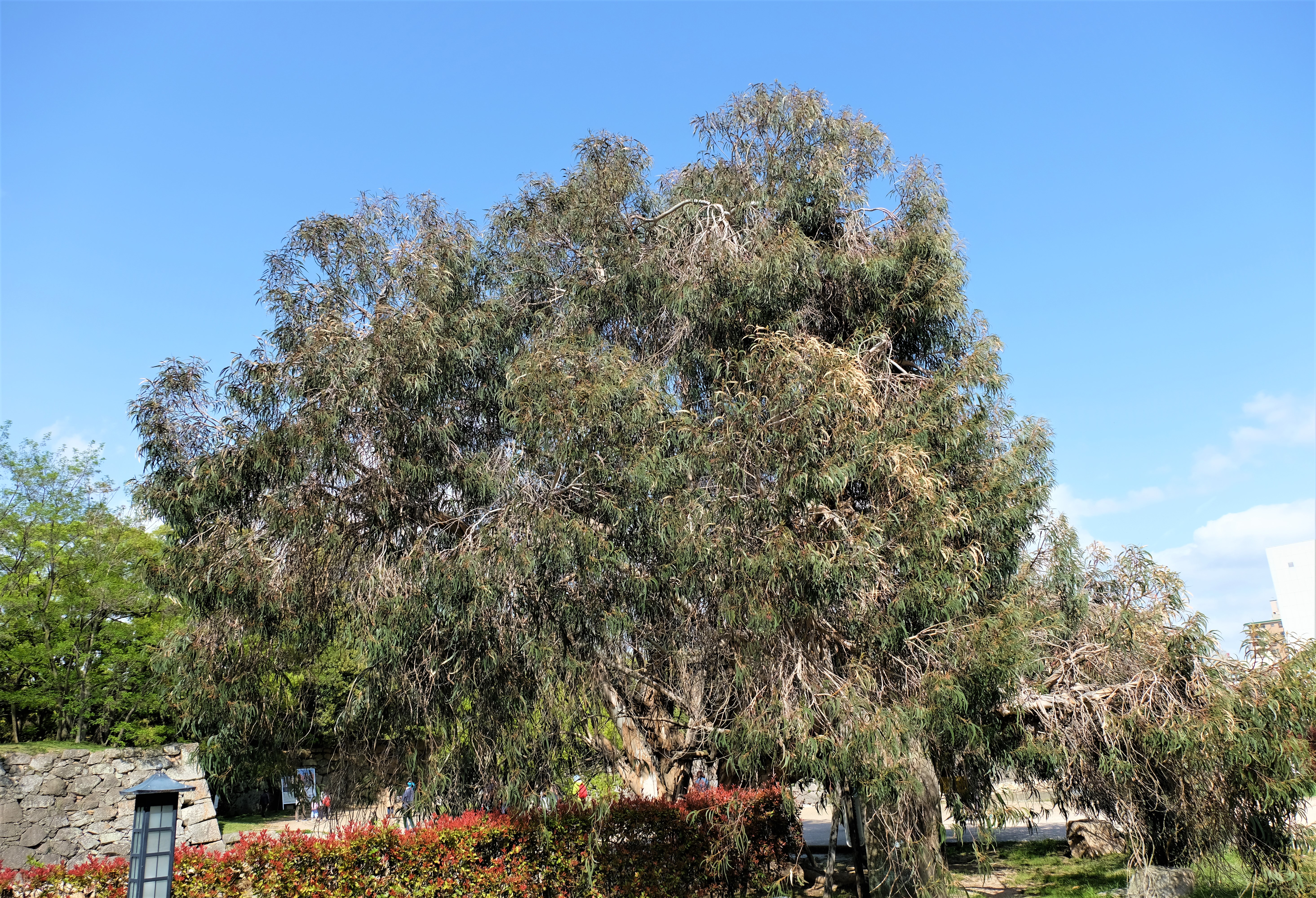

My time was up in Japan
Heading back to the station and back to Kyoto, I was very glad I had come to Japan. Two weeks seemed to fly past, even with the bumpy start I loved my time there. Only seeing a smidgen of what this beautiful and diverse country has to offer, I enjoyed everything. Next chapter off my journey would start tomorrow, heading off to Sydney. Getting to Sydney was eventful, but that story will have to wait for my next post. If I ever got the opportunity to go to Japan again, I’d do so at the drop of a hat. It reminded me somewhat of Switzerland, super organised, extremely friendly people surrounded by stunning scenery. If you include the history side of things, Japan has everything you could possibly have on your wish list! Good bye Japan and thank you for the beautiful memories.
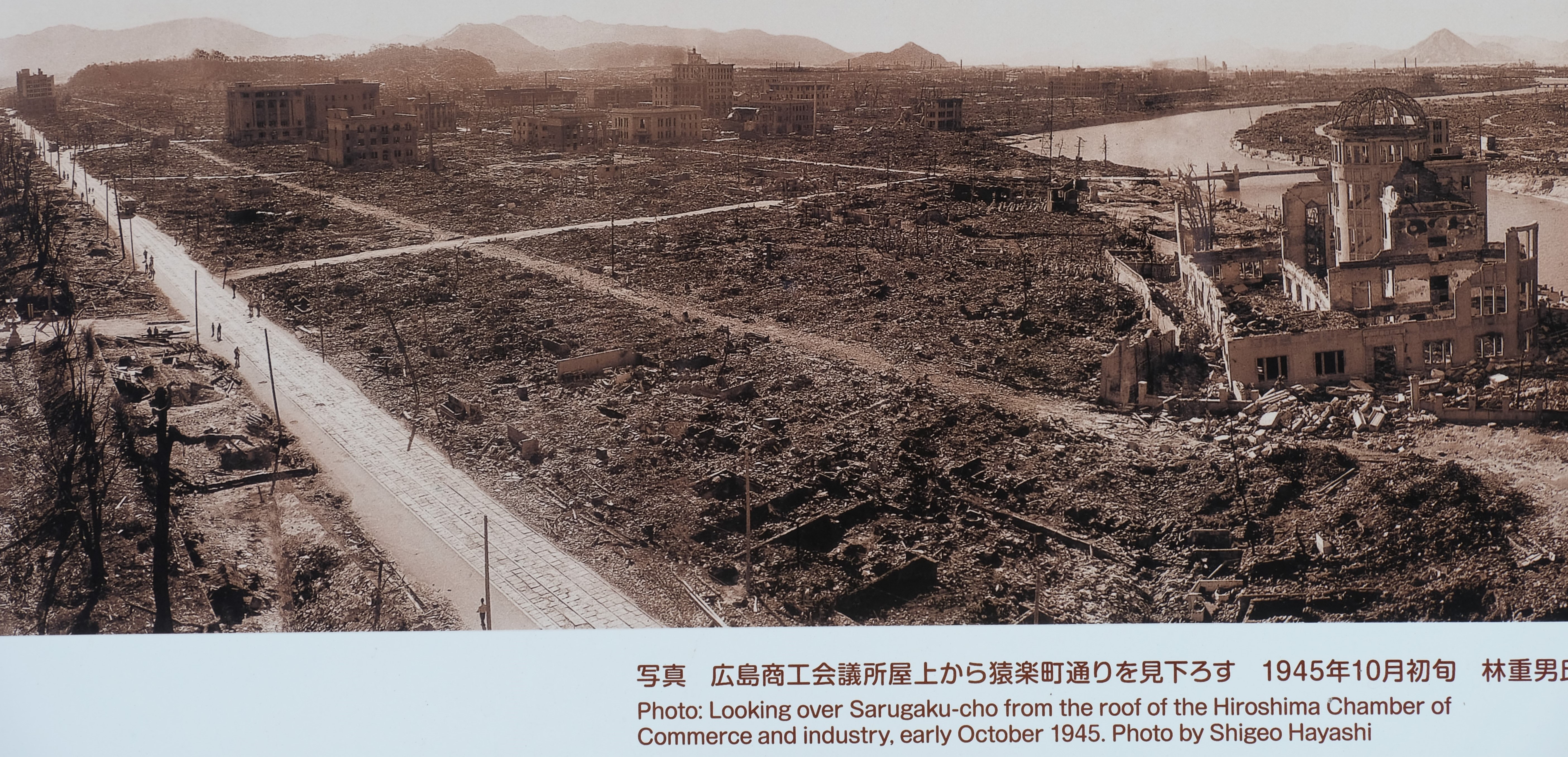
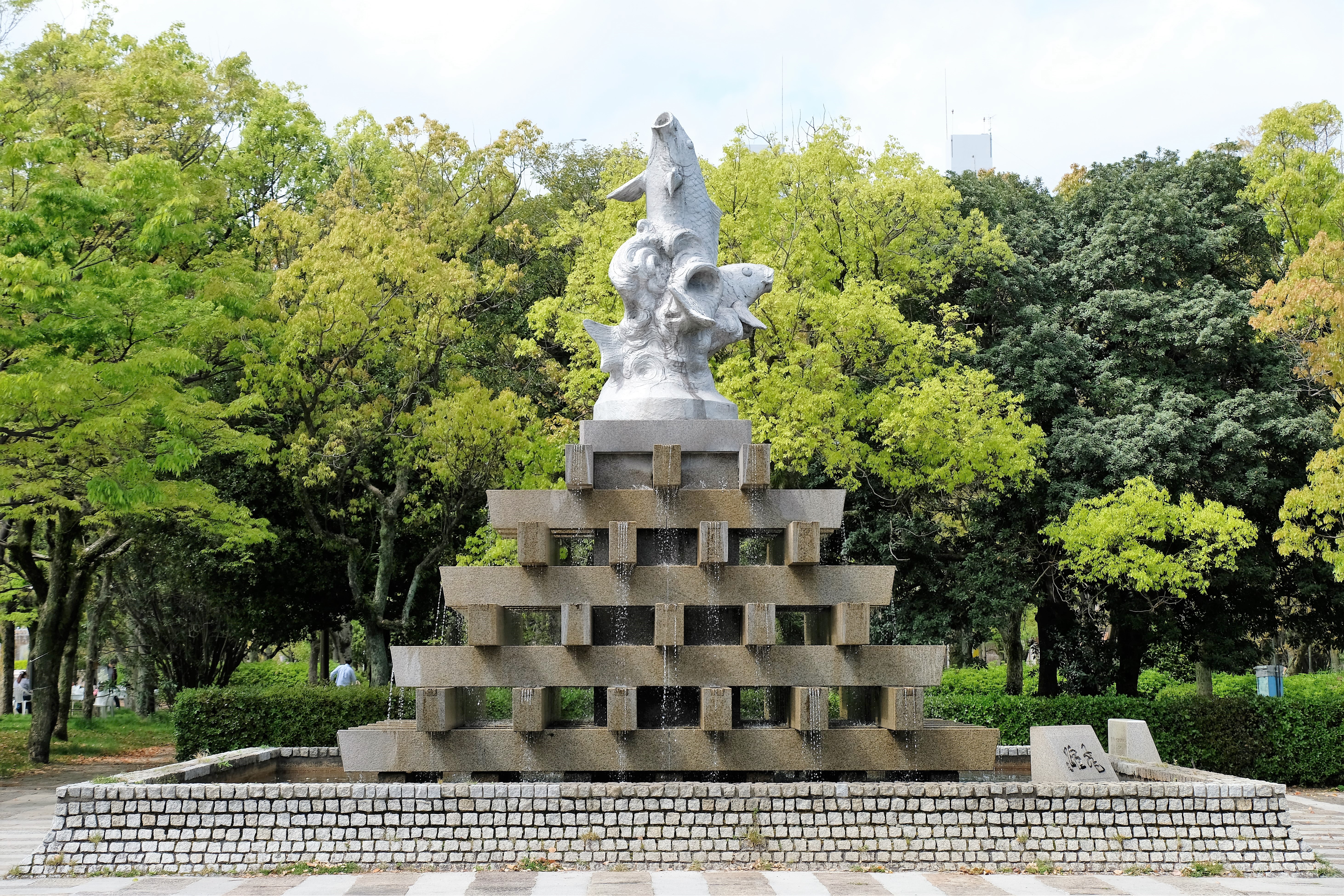
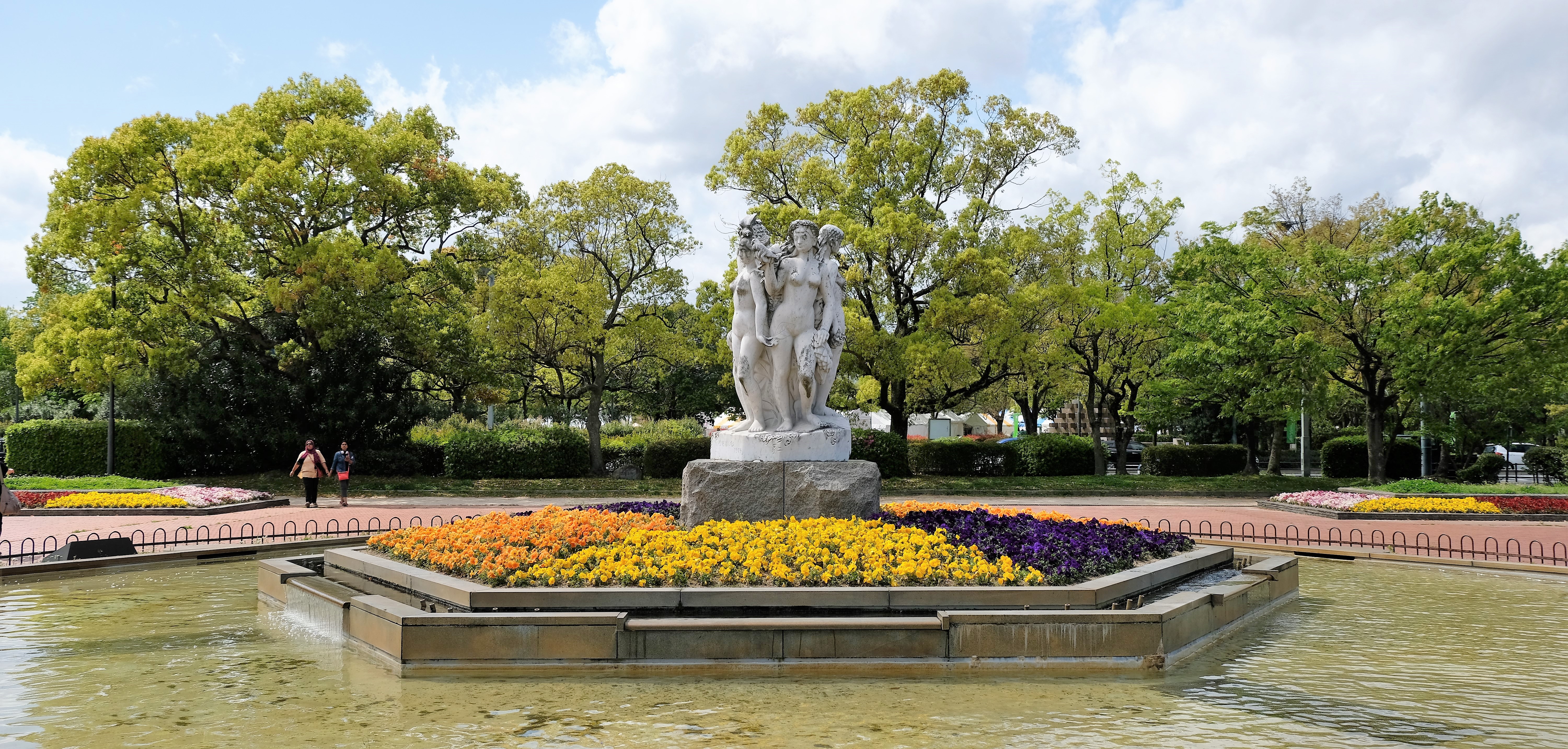

Brilliant Ryan. Very interesting reading